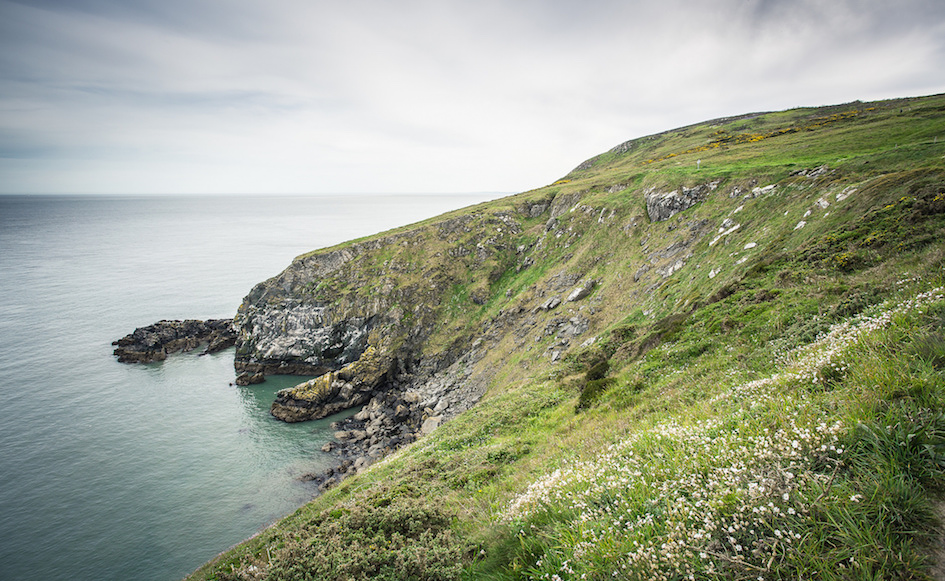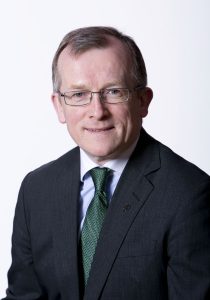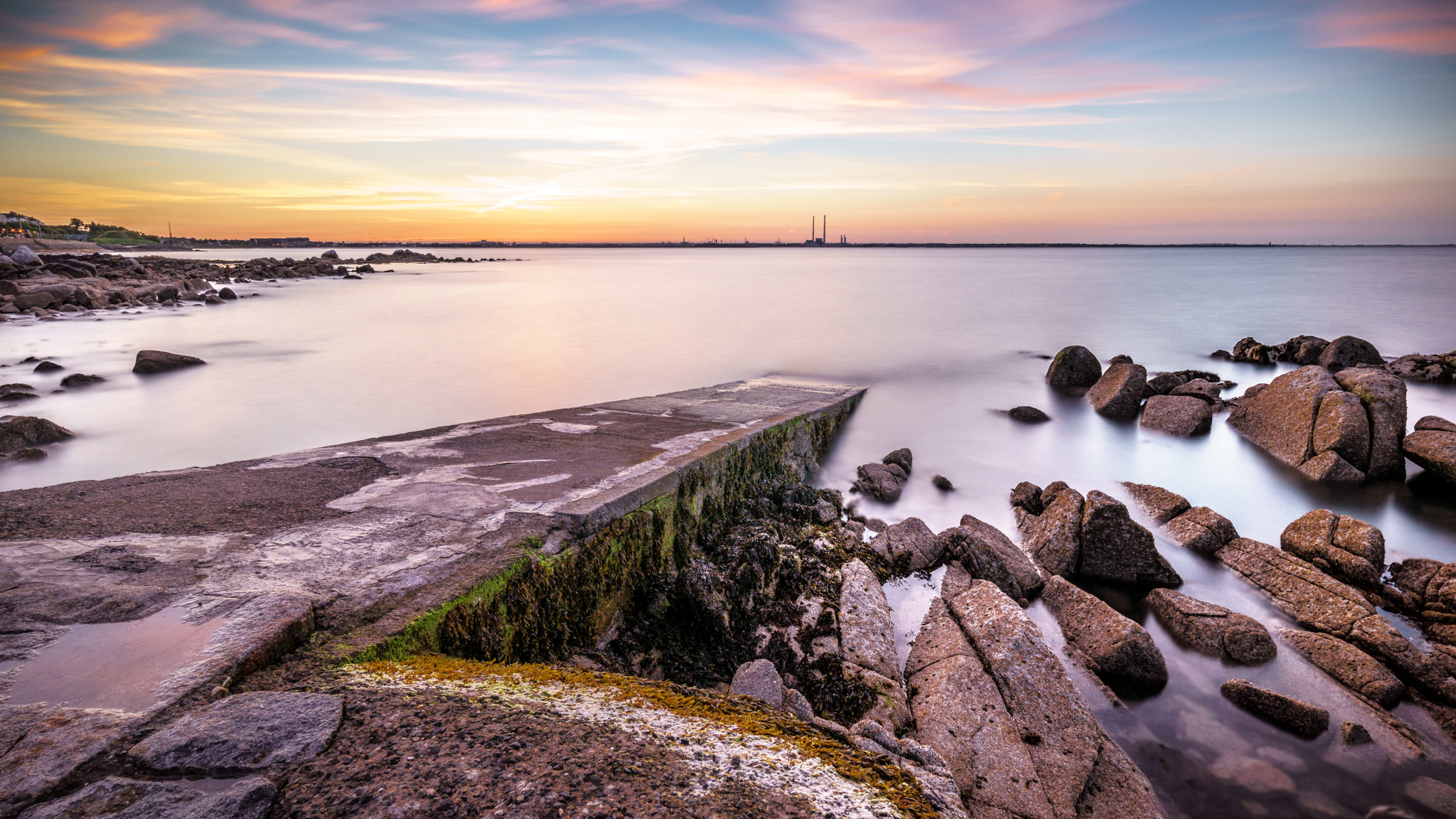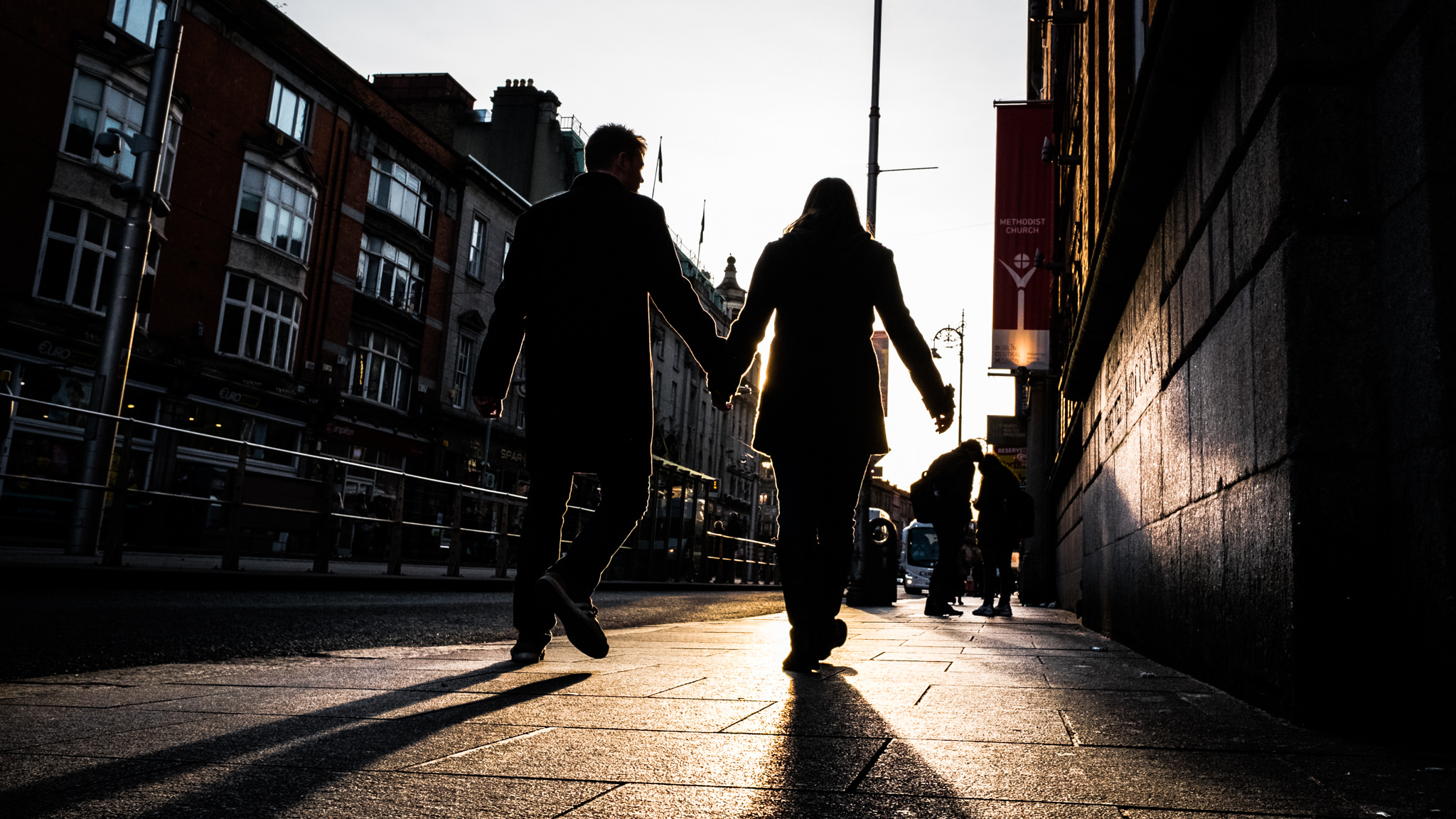
Call it place branding, destination branding, or tourism branding. Whatever the variation, the challenges are considerable, and increasing — but when you’re dealing with an entire country, can it really be managed like a brand? This is an increasingly urgent question as the global village becomes ever more complex, confusing and downright chaotic.
For insight, we decided to turn to a country brand with a history of dealing with significant challenges, not the least of which is this year’s Brexit decision: Ireland. Our interview with Niall Gibbons, Chief Executive of Tourism Ireland, shows the mix of practicality, perseverance, ingenuity – and disciplined strategy and execution – required to thrive amid the chaos.
Brandingmag: How do you define the Irish brand from a tourism perspective? That is, brands talk about having a promise, a personality, offering an experience. What do you see as the essence of the Irish brand now?
Niall Gibbons, Chief Executive, Tourism Ireland: First, let me put things in perspective for you… Last year, the island of Ireland welcomed about nine and a half million visitors; quite a number for a population of approximately six and a half million across the island.
The words that underpin the brand promise are “joyful immersion”
What’s significant in the context of the work that we do is that Tourism Ireland was the agency established under the Good Friday Peace Agreement in Belfast in 1998, to market the island of Ireland abroad (which was previously done separately as Ireland and Northern Ireland). So we’re in a sort of unique situation in a fairly chaotic world at the moment; two jurisdictions, but in terms of marketing, the island of Ireland is one.
I suppose the words that underpin the brand promise are “joyful immersion,” the fact that you can come to Ireland, get under the skin of us, and we will lift your spirits.
The three compelling things that stand out for us, from an Irish perspective overseas, are:
- The friendliness and warmth of the people.
- The stunning and dramatic scenery.
- The distinctive Irish culture.
Essentially, Ireland is the island of character and characters – that’s a unifying theme, really.
 Bm: Even as you leverage that unifying them, it appears you segment your “brand experience.” Is that correct?
Bm: Even as you leverage that unifying them, it appears you segment your “brand experience.” Is that correct?
NG: Yes, there are three key experiences that have been developed over the last number of years. One is called the Wild Atlantic Way. And that’s a 2,500 km or 1,500-mile journey from the very top of Ireland to the bottom; from Donegal all the way down to Cork.
We also have a collection of experiences on the East Coast of the country called Ireland’s Ancient East, with Dublin, the capital, as a key gateway. And then Northern Ireland offers something new for people as well. You bring all those things together in the “joyful immersion” halo and it gives us the opportunity to dial up Ireland in the mind of the overseas consumer.
Bm: Are all those brand experiences projected in the same way in all of your key markets?
NG: Well, we operate in approximately 23 markets overseas. The Tier 1 markets include the likes of Great Britain, the United States, France and Germany, but we tailor the messages slightly differently in each market, [as we do in] Tier 2 markets such as, Spain, Italy, Netherlands, Nordics, Canada, Australia. Then in Tier 3 markets — for example, in China and India, which are small in number of current visitors but which offer great potential in the medium to long-term — we don’t quite lead with the brand because our investment isn’t quite big enough, so it tends to be more focused on a tactical basis.
It even means doing reality TV shows in Ireland they could broadcast back in China.
In those markets we work, first of all, with the travel trade, who may not be well aware of Ireland. We’re also working with media to generate awareness and relationships. In China, for example, it means working with key newspapers or travel publications — even doing reality TV shows in Ireland they could broadcast back in China. So you leverage tactical opportunities like those where you wouldn’t have the funding to be able to go onto a mainstream television advertising as you would in other markets.
Bm: So you have very disciplined approach – but to a highly unpredictable, even unstable marketplace. Would you say that unpredictability hurts, helps, or both?
NG: What we’ve seen over the last number of years is that economic factors have been very much in our favor. We’ve seen consumer confidence returning in our main markets. We’ve seen exchange rates working in our favor, from both the United States and European markets, which is very encouraging. We’ve seen more airline capacity in Ireland. And we’ve seen a reduction in taxation factors in tourism. So a lot of good factors, combined with a very strong marketing campaign, and continued investment in marketing through the cycle, has put us in the top five countries of consideration in our key markets.

Bm: But what about Brexit?
NG: Of course, in terms of the world that we’re heading into — the world has always had choppy waters. I came in here just after 9/11. We’ve gone through things like SARS, the war in Iraq, bombings in London during the Olympics or before the Olympics back in 2007. And now we’re weathering more storms.
The world has always had choppy waters.
We’ve got two big ones at the moment. One is Brexit. And the second one is the safety and security issue around Europe, which has acted to push more travel business into the likes of Spain, Portugal, and Ireland.
Brexit raises more questions than answers right now. For example, sterling has devalued quite a bit, which makes it more expensive for British people to holiday in the Eurozone. And it makes it more likely that the UK will be a more attractive destination for visitors next year because it will be more competitive.
So we have to ensure that we remain competitive ourselves. We’re hoping to see a bigger marketing spend next year, predominantly focusing on diversifying into mainland European and North American markets because you feel they offer the best prospects for us in the medium for long-term, in terms of length of stay and amount of spend.
Bm: So it seems as if managing a country brand inherently means riding a bit of a rollercoaster. Do you factor that – the unpredictable and the “unplannable” – into your long-term planning?
NG: We do, indeed. We have an overall policy framework within which we set our strategic goals and actions and our brand strategy. And we are fairly optimistic, despite those headwinds we face, that we can grow tourism revenue to Ireland fairly aggressively over the coming three years.
Bm: So can you share any specifics of how you do that strategically? Do you have, for instance, contingency funds if you need to increase certain types of tactics in certain markets? Or what do you do to plan for the unknown?
NG: Well, what you can do is you can set out your strategic milestones and what you’re trying to achieve over the three years. But I think, then, you have to be very tactically focused as well.
So we do produce a one-year annual business plan, and the responsibility then is very much devolved to the markets themselves, where we have a very good team of market managers. We have a great team of people in Tourism Ireland, which contribute an awful lot to our success. The real issue then is that every team has KPIs against all of their spend measures, and we monitor those on a regular basis.
As regards Brexit … the message right now is “Business as usual”
As regards Brexit, we recently called a meeting of all the key industry players in Ireland, to monitor how things are going. The message right now is that it’s business, as usual — but that doesn’t mean that will be the case in three months time; a lot of factors will depend on the strength of the UK economy and how people feel, whether it’s in recession or not. And that may feed into a changed plan for the following quarter.
I think the key thing now is that we need to make sure that we monitor what’s going on, be agile and flexible, be prepared to change.
Bm: Agility in a constantly changing world has become a bit of a hot topic in branding. Are there any specific examples where you’ve had to execute a quick pivot or express some other sort of agility in how you market?
NG: When you look back on what has happened over the last number of years when the Great Recessions happened around 2008-2010, we saw a major drop-off in visitor numbers. So we reviewed our brand, we reviewed the segments we were targeting, what channels we were using, and we put reviews in place in each of our key markets in Great Britain, United States, France, Germany, Italy, and Spain. And now we’re seeing that we’re reaping the rewards of those very targeted, focused strategies. I don’t think it’s possible for you to stand still and just keep doing the same thing.
But I think it’s also important not to react in a knee-jerk way. It’s very important to keep on assessing the market to make sure that the fundamentals are strong. We have to be offering something that’s competitive, that’s engaging; we have to make sure that our customers are satisfied.
Bm: So would you say that branding is an investment, perhaps, that you have to take the long view as you plan strategically?
NG: From a strategic perspective, you have to continue to invest through the cycle, and that’s what we’ve done through the last recession, and that’s why Ireland has come out very, very strong. If you just look at United States travel into Ireland, we’re now at a point where one in every 10 US visitors to Europe is coming to Ireland, which is an amazing performance for a very small country.
But what’s also important is what we’re investing in. We have moved away, to some extent, from mainstream TV and into digital, particularly over the last three to four years. That was part of our strategy. We reaped the rewards in the sense that we’re now the third largest tourism agency in the world on Facebook, with three and a half million fans. And we’re the second largest tourism agency in the world on Twitter. So those have been channels that have delivered really well for us, and they’re ones that we see as being a cornerstone of our campaign for the next three years.
Bm: What advice would you give others in your position, those managing other country brands, in terms of planning for success in a a turbulent environment?
In the chaotic world that we’re in, flexibility and agility are the key words
NG: In the chaotic world that we’re in, flexibility and agility are the key words. The world is such a fast-moving place, changing all the time, that the sort of strategies we would have created ten years ago wouldn’t work today.
First, I think you have to be true to yourself, and you have to be true to your brand. And I think authenticity is probably the actual cornerstone of what the Irish tourism brand is all about.
And secondly, it’s important to emphasize that it’s not just been the last number of years— it’s been decades of investment in tourism that has paid dividends for Ireland.

Souvenirs from our visit with Tourism Ireland
Reflecting on our interview with Gibbons, we were left with four key takeaways in terms of country brand survival in these turbulent times:
- Know what your brand – your country as an experience – truly represents, and stay true to that in all you do.
- Invest in your brand consistently, continually. Don’t let up in a down market, but pick up strength (and share) by staying the course, continuing to invest while others drop off.
- Be agile and flexible. Staying true to your brand doesn’t mean standing still. Stay alert and listen to your marketplace, your customers. Be creative and even bold in your responses.
- Embrace global unpredictability, creating plans and brands, strong enough to withstand the inevitable storms.
Images: Roberto Taddeo, Shane O’Neill / Copyright Fennell Photography 2015, Giuseppe Milo